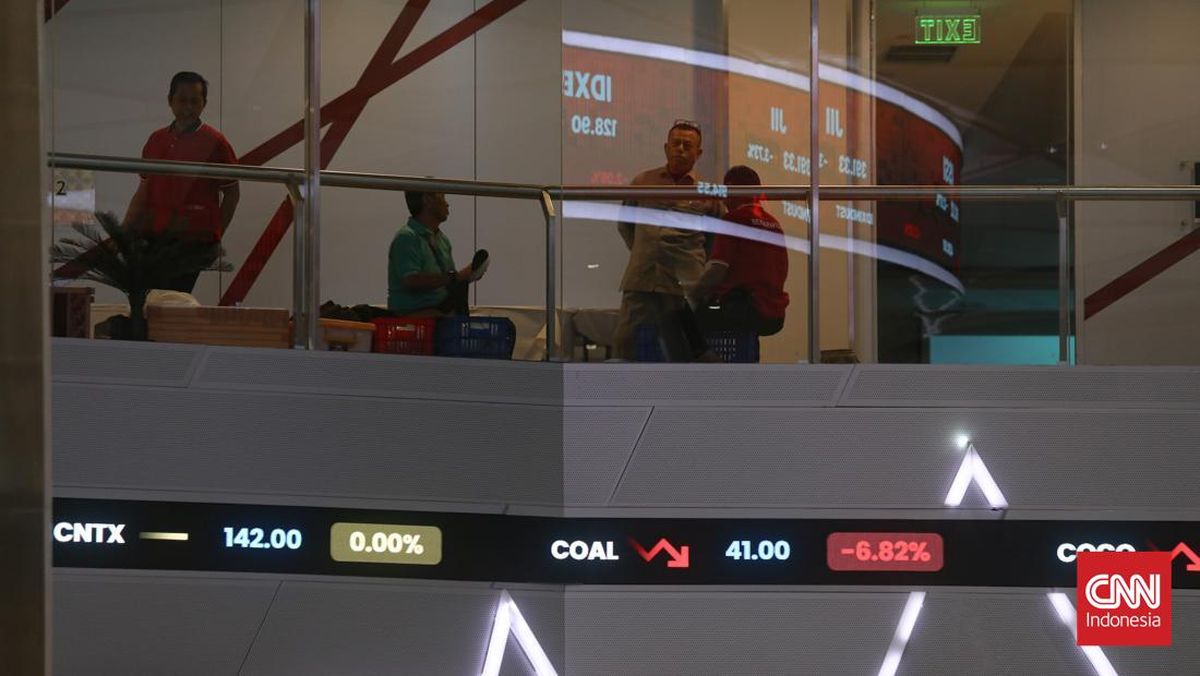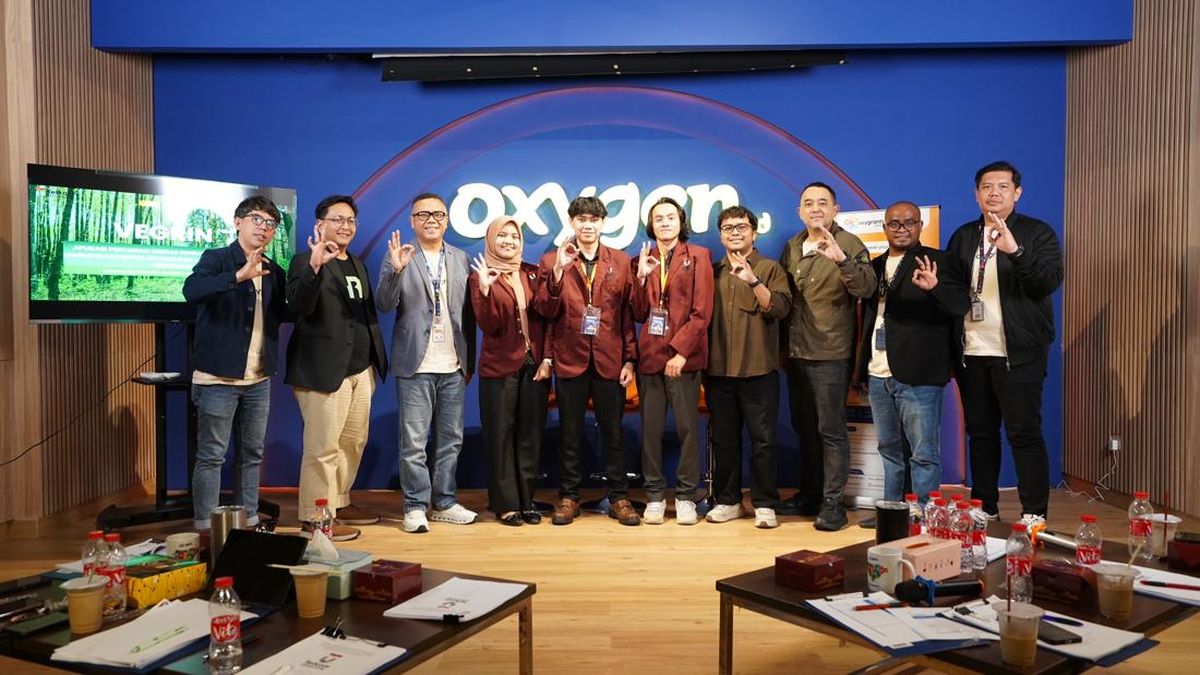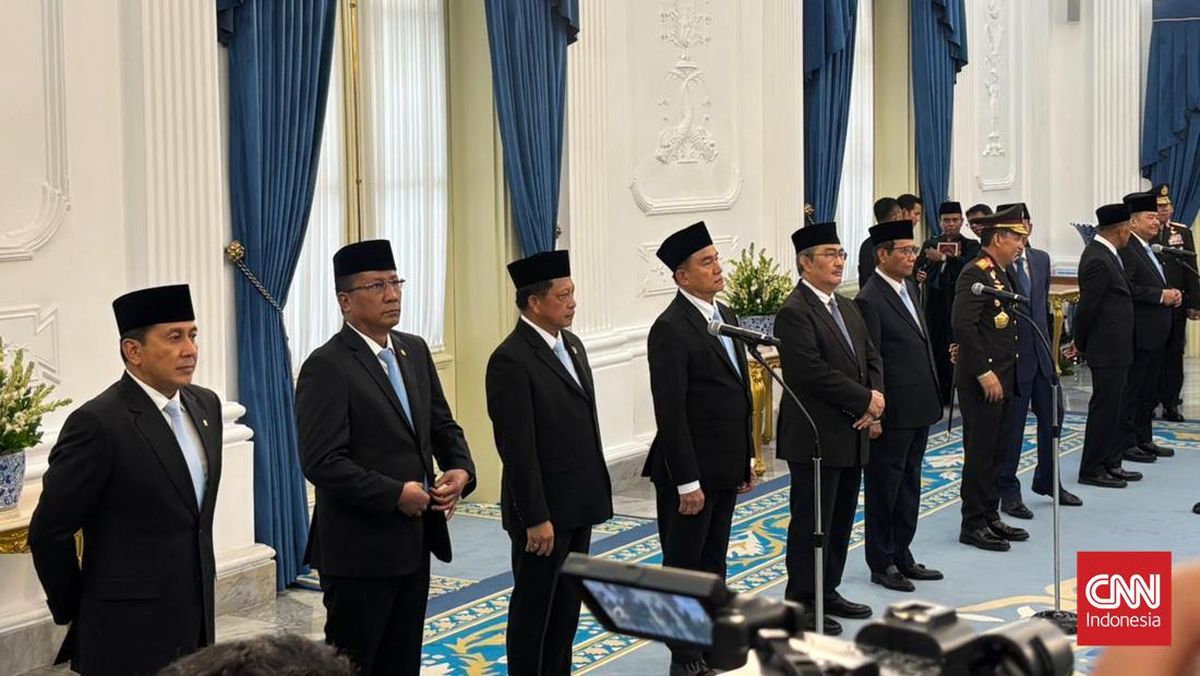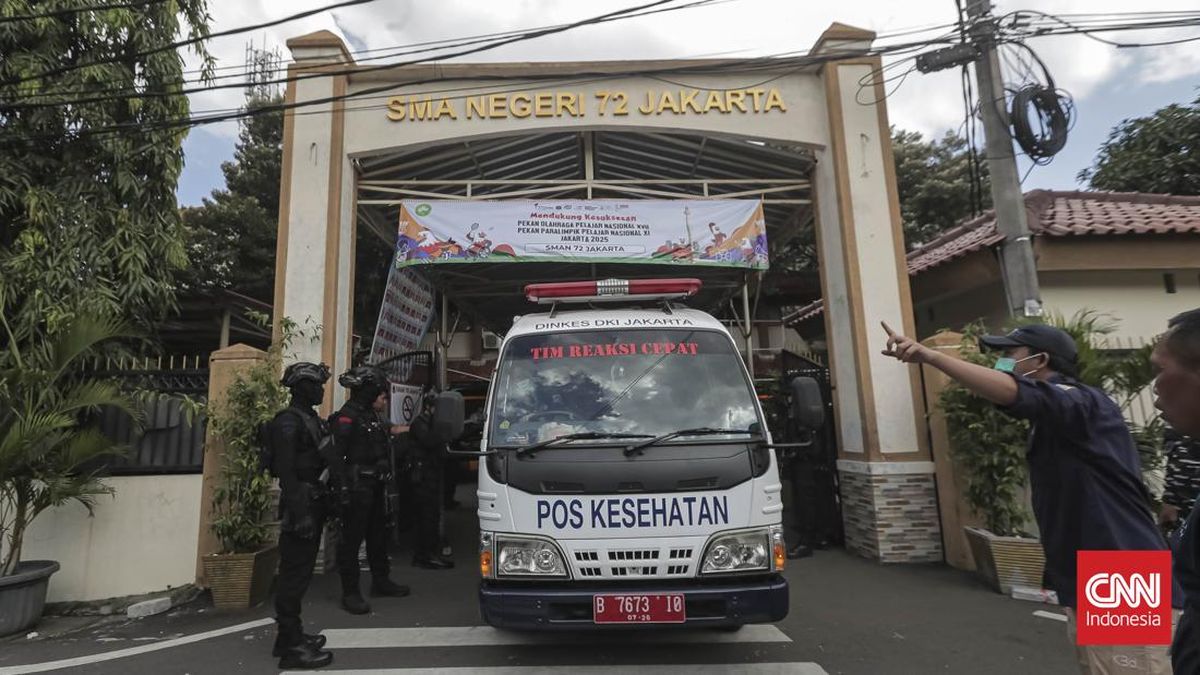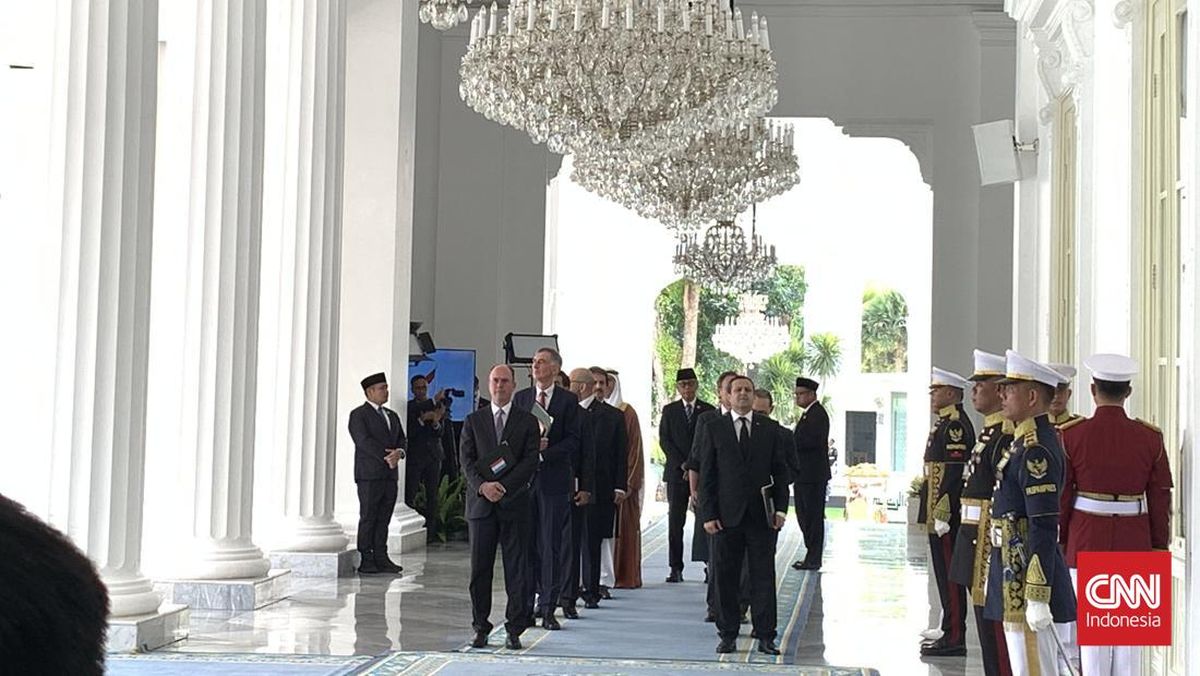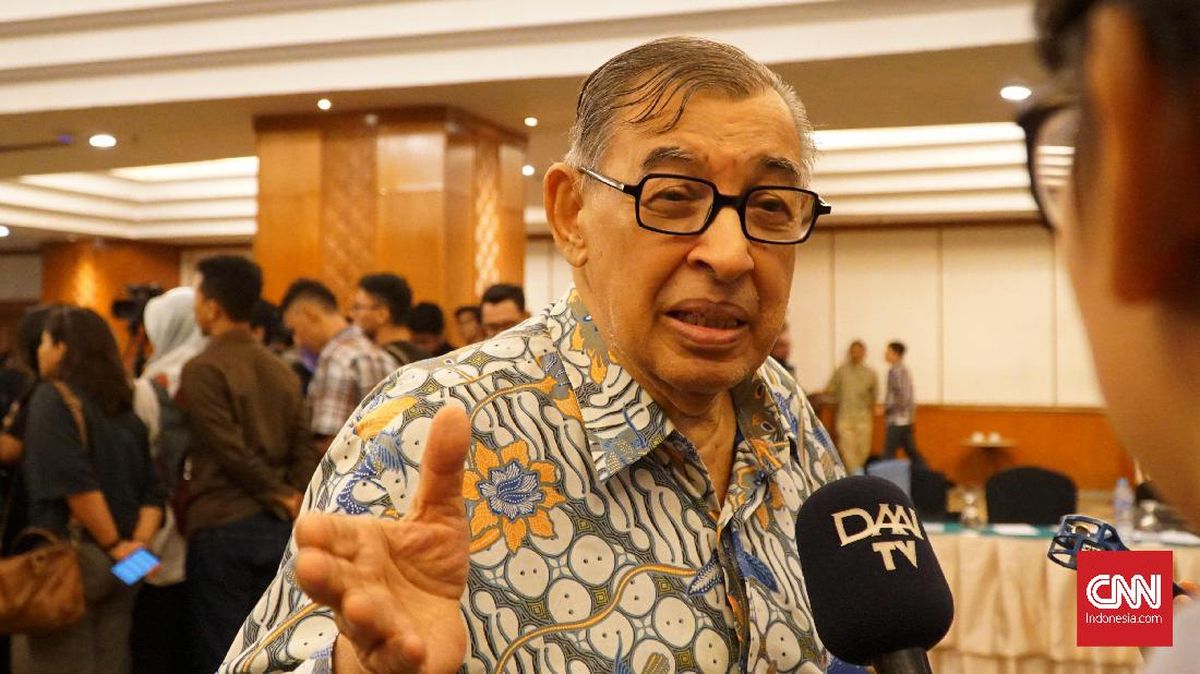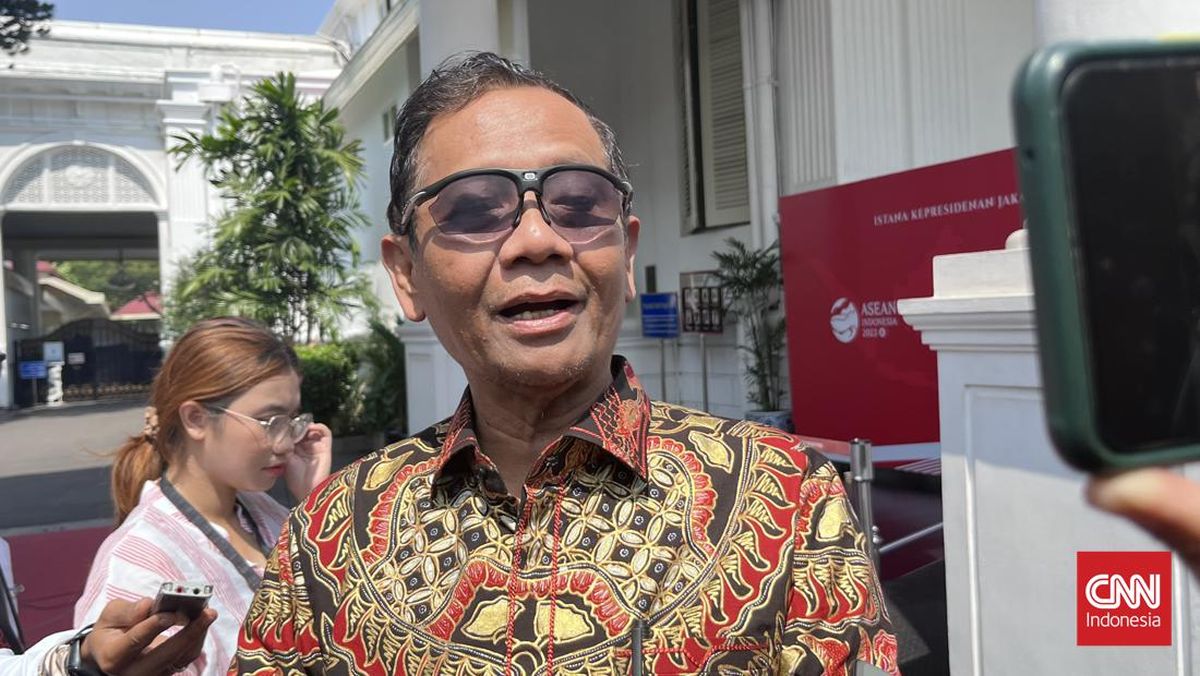In September, Atlassian spent more than $2 billion on its largest acquisitions to date to cement its AI future. If successful in driving AI adoption among Atlassian’s 300,000 customers, it will come face to face with the same dilemma as global AI hyperscalers like Amazon, Microsoft and Google: how to reconcile AI’s soaring carbon footprint with a sustainable future?
These AI giants are already experiencing massive reversals of their declining carbon load. And as their soaring AI spend shows, it’s early days yet.
According to a report from the UN International Telecommunication Union, emissions from Amazon, Facebook-owner Meta, Google and Microsoft soared by an average 150 per cent between 2020 and 2023, thanks to the high-energy demands of their AI data centres. Keep in mind, this is before the AI boom took hold.
Google says in its most recent sustainability report that its 2030 target for net zero emissions is in jeopardy, noting the “uncertainty around the future environmental impact of AI, which is complex and difficult to predict”.

Google CEO Sundar Pichai said the company was now “pushing the boundaries” of how much personal or business information it was able to pass on to Gemini for every query.Credit: Bloomberg
Actually, the future environmental impact of AI is not that hard to predict. Not when Amazon, Microsoft, Meta and Google alone are expected to spend more than $US400 billion ($618 billion) on AI infrastructure over the next 12 months.
BloombergNEF forecasts data centres will account for 9 per cent of energy demand in the US by 2035. Globally, it will rank as the fourth-largest user of electricity behind China, the US and India.
And this doesn’t include the vast pools of water needed to cool these data centres. As the founder and CEO of $US5 trillion Nvidia Jensen Huang said recently, one of the most crucial barriers to AI’s future is feeding its insatiable appetite for energy.
“AI is energy, it’s chips, it’s infrastructure, it’s AI models, and it’s AI applications,” he told US network CNBC last month.

Nvidia CEO Jensen Huang sees AI infrastructure as powering a new industrial revolution, but it will need a tremendous amount of energy. Credit: AP
As the maker of the processors that have enabled AI’s explosive impact to date, Huang and Nvidia are well-placed to understand energy’s role and why it is potentially the major roadblock.
Loading
He says what we’re seeing with AI is a technology that requires “exponential amounts of computing” to serve customers who are driving “exponential demand”.
This is what is driving a growth in demand for energy in mature economies, like the US and Australia, that they have not experienced in generations. In the US, it has been likened to the introduction of air conditioning in the 1960s.
The tech sector, including Atlassian, remains hellbent on ensuring green energy feeds their data centres, but the slow pace of energy development means that in the medium term, they can do this only from a source that would otherwise decarbonise the grid.
Or in rare cases, as shown by Sydney-based Iren Energy, bitcoin mining.
The Nasdaq-listed Iren has soared more than 1000 per cent this year after its pivot from bitcoin to AI paid off with a multi-billion dollar data centre deal with Microsoft this week.
A JPMorgan report says this energy challenge is what needs to be addressed in the next wave of AI spending, which will move beyond the first wave, which focused on chips, servers and networking equipment.
“This next phase is targeting supporting infrastructure such as power plants and grid upgrades, which can take years to plan, permit and build. Early signs of this phase are emerging, but the full impact is likely ahead,” the firm said.
The hyper scalers are already looking at investing in additional power, including nuclear, and more environmentally efficient data centres. But that will take years.
Dutch financial giant Aegon Asset Management is among those that see natural gas as the only stop-gap measure that can address AI’s needs.
“While renewables may play a larger role in the long term, natural gas remains the most viable near-term solution to support the AI revolution,” Aegon says in a report this month.
AI energy demand does not just promise to send carbon emissions soaring, it erodes the promise of abundant green energy reducing power bills.
It is already a significant issue in the US, according to Bloomberg, which reported that wholesale power costs have risen as much as 260 per cent, compared to five years ago, for areas near data centres. These wholesale costs get passed on to local businesses and consumers.
And it is going to get worse.
Huang underlined the importance of US President Donald Trump’s “pro-energy growth” strategy to this multi-trillion dollar AI industry that sits above the energy layer.

Donald Trump’s “pro-energy″ stance for data centres could be bad news for US consumer energy bills. Credit: AP
This includes Trump’s plans to speed up the connection of AI data centres to the power grid that serves consumers and businesses.
“If you could just imagine, without President Trump’s pro-energy policy, that entire layer above the energy (layer) would have been constrained,” Huang said.
It might help explain why Cannon-Brookes’ private arm Grok Ventures, which drives his eco agenda, remained particularly aggressive on the environmental targets of AGL at the energy group’s recent AGM.
Loading
Grok was one of the few investors voting against AGL’s Climate Transition Action Plan.
“We are expressing our view that more is needed – in targets, speed and action – to give investors clarity and confidence in AGL’s pathway through the critical next half-decade,” Grok said in a statement after the AGM.
But the more telling news came from Grok’s grand solar project, SunCable.
The initial plan was to generate electricity from a massive solar farm in outback Northern Territory and literally send it via cable to Asia, replacing carbon-intensive energy in the process.

Friction between Mike Cannon-Brookes and Andrew Forrest led SunCable into administration.Credit: Bloomberg, Trevor Collens
But SunCable has confirmed it is now homing its focus on soaring demand closer to home: Data centres.
“There is a role for grid-connected data centre assets,” SunCable chief executive Ryan Willemsen-Bell says.
“SunCable can complement this with access to an off-grid resource that will reduce impact on the delicate energy balance of the National Electricity Market. Collectively, this will supercharge Australia’s competitive position to meet the increasing global demand for energy to power AI.”
Cannon-Brookes could argue that his personal and professional conflicts pale in comparison to fellow billionaire eco evangelist, and Bombardier Global 7500 owner, Andrew Forrest.
Forrest, an early backer of SunCable, is trying to save the planet while making his fortune from shipping iron ore, which generates about 8 per cent of global emissions. Despite setbacks in his pursuit of hydrogen as a green energy solution, Forrest remained as resolute as ever at last week’s AGM.
“You’ve got an iron ore industry, ladies and gentlemen, that you own and it is going hard green,” he told investors.
Cannon-Brookes also remains resolute on his push for a green future. “My commitment to climate is as strong as ever. I’m still pretty damn focused on making an impact at a large scale, removing huge volumes of emissions through active investments and philanthropy,” he said in his LinkedIn post in March.
The Business Briefing newsletter delivers major stories, exclusive coverage and expert opinion. Sign up to get it every weekday morning.

